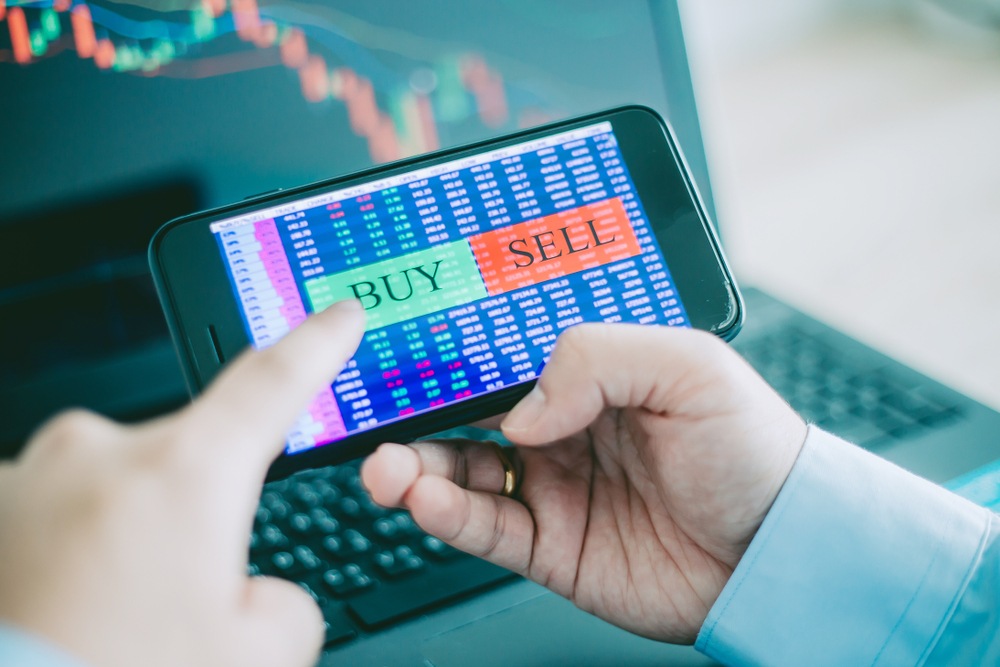Crypto Glossary
Market Order
If you want to buy or sell stocks, bonds, or other assets at the best available price in the current financial market, you can place a market order with your broker using the terms “buy” and “sell.”
What is a market order?

A market order is an order to purchase or sell something immediately at the best current price that is available. It requires liquidity to be filled, which means that it is executed by the limit orders that were previously put on the order book, as explained above.
The majority of investors use it as their default method of purchasing and selling most of the time. Even if the asset in question is a large-cap stock or a well-known exchange-traded fund (ETF), there will be plenty of ready buyers and sellers in the market. Therefore, a market order will be fulfilled almost instantly at a price that is extremely similar to the most recent posted price that the investor may view.
Market orders explained
When you utilize an online broker, the order form is normally presented automatically when you click on the buy or sell buttons. The method for conducting trades on exchanges like the New York Stock Exchange (NYSE) is done through various information that’s needed, such as stock ticker symbol, whether you are buying or selling, and the number of shares you are purchasing. Price types must also be selected.
The default price type is “market” most of the time. So, since it is a market order, it is regarded as such. He’s saying he’ll pay whatever the current market price happens to be. On the other hand, “limit” allows you to purchase or sell only at or above a predetermined price, or only at or below a predetermined price, depending on your preference.
When you believe you will be able to receive the greatest price of the day at the end of the day, you should employ the market on close options. Limit orders give you the confidence to stop worrying about missing out on a profitable opportunity, so you can leave your computer and enjoy the rest of your day.
Market, limit and stop orders
Market order:
A market order tries to purchase or sell at the current market price. It is in the process of buying or selling in real-time. What it does is a purchase or sells orders on the “order book” that are currently available. When there are not enough orders to fill the market order at a certain price, there may be slippage. Slippage may be significant in times of great volatility. In most cases, you will be charged a fee for a market order. A market buys or market sale is possible.
Limit order:
The limit order enters an order on the order book as a speculative trade. When you place a sell limit order, you are saying “please sell” and when you place a purchase limit order, you are saying “please buy.” When market orders try to purchase or sell, the limit orders will “fill.” Once the order is filled, the market price is obtained. Conceptually, you are getting filled by another person’s market order to buy or sell, and your limit order to buy or sell will then execute. Slippage is not an issue with limit orders, and fees are less for limit orders than market orders. The maximum buy or maximum sale is adjustable.
Stop order:
When a specified price condition is met, a stop order executes a market order. Therefore, like a limit order, it gets entered into the books, but once the price is reached, it performs like a market order (as a rule of thumb, some stops use limits). Stops, like other orders, are subject to the fees and slippage that apply to all orders. A stop purchase or stop sale can be established. Also known as a “stop-loss”, a stop sell order is a “stop.” Setting a trailing stop is also an option when determining the stop price, as the price of the asset increases.